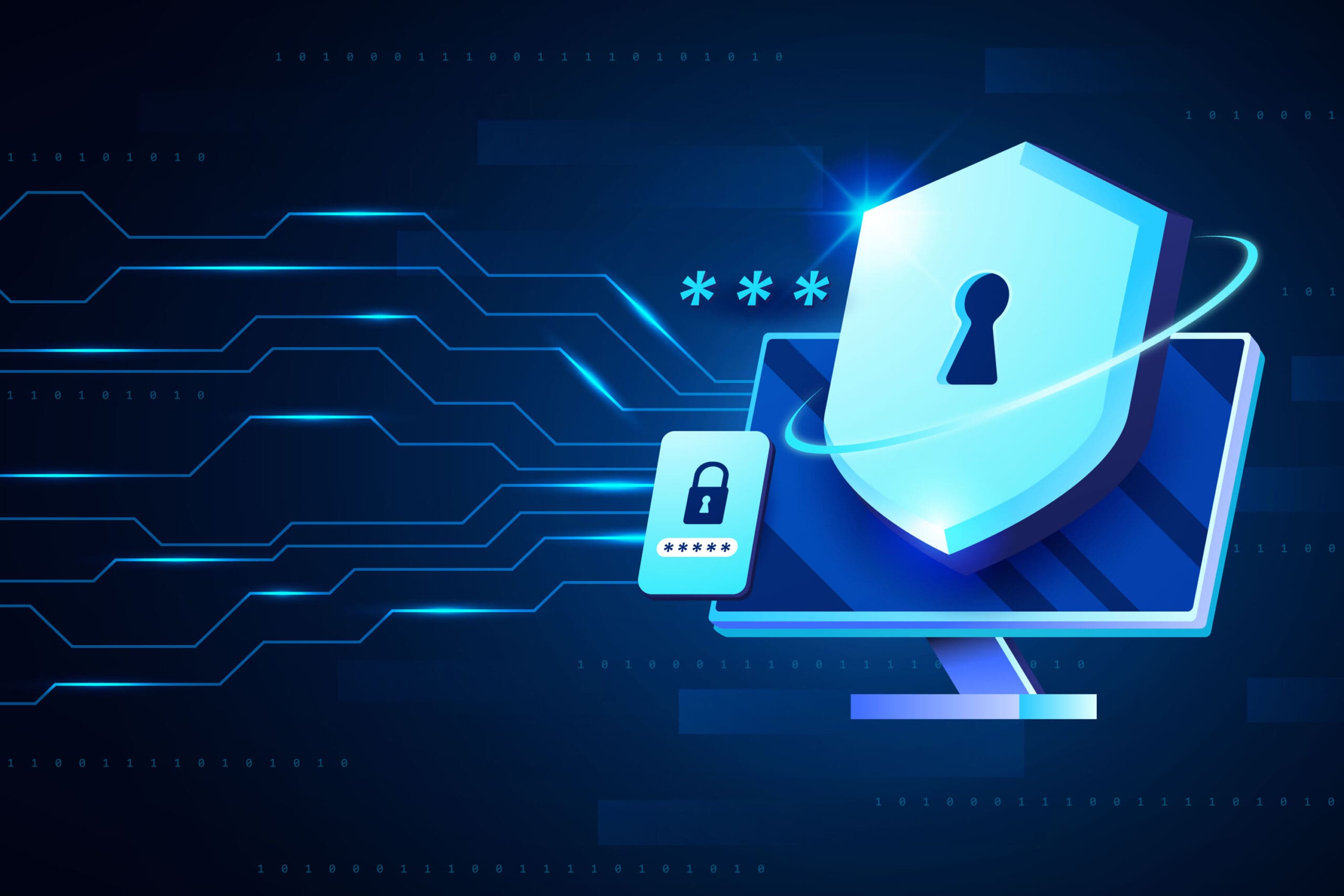Access to the internet has become a necessity in schools, which makes a student’s lack of internet access at home a critical disadvantage. This homework gap and subsequent learning gap have only grown during the pandemic, where many students without sufficient technology at home fell behind their more technologically equipped peers.
Closing the homework gap must be a key initiative when it comes to school funding. This blog post explores ideas for how schools can allocate funding to close the homework gap with technology.
Improve WiFi and Make It Available After Hours
There are several ways to leverage funding to improve internet accessibility:
• Invest in better bandwidth: Slow internet is a near-equivalent to no internet. If the school’s internet is too slow to allow students to complete their work, those without reliable internet at home may not be able to complete their work. If schools aren’t equipped with sufficient internet cabling, consider funding a bandwidth build-out. E-rate guidelines say schools should shoot for 1 Gbps per 1,000 users in schools and 50,000 users in libraries, and E-rate funding covers bandwidth build-outs for eligible schools and districts.
• Increase the speed: If your school’s internet is slow and there are higher speeds available, consider allocating funding towards increasing the service agreement with your school’s provider to achieve at least 1 Gbps per 1,000 users.
• Increase the range: Longer-range routers, access points and hotspots can eliminate dead zones and create more accessible areas. Consider creating WiFi-enabled areas in gyms, cafeterias or courtyards to provide students more areas to work. Cisco Meraki offers top-of-the-line wireless solutions – including ruggedized ones for outdoor access – that are covered by e-rate.
• Create extended hours for WiFi-enabled areas: Some schools allocate funding towards keeping schools open late or early. Some invest in outdoor areas with tents and power supply to make these areas easier for students to access before or after school.
Invest in Technological Resources
Many students fall behind when they don’t have access to the proper resources to study and complete assignments at home. Similar to internet accessibility, schools can invest in student-allocated resources or extended-hour access to school resources. The most critical of these resources include:
• Laptops or tablets: Schools can either issue laptops or tablets to students that demonstrate need or allow extended-hour access to school devices in libraries or other internet-connected workspaces. This would help students who don’t have access to a computer at home keep up with their studies.
• Applications: Some students may have a computer at home, but they may not have the software and applications they need to complete their work – this is more often a problem with higher-level classes, as curricula and assignments become more specialized. Schools can either supplement application license costs to allow students to access applications on home devices or make applications available on school devices, preferably with extended hours.
Notes on E-Rate
E-Rate is a program funded by the US government and designed to subsidize communications services for schools. Funds can cover up to 90% of costs for internet and communications technology, including bandwidth build-outs and WiFi products, for schools that apply. Applications are fairly easy to fill out, and many technology providers can help with the application and implementation process.
Working With Education Experts
BridgeTek Solutions is an IT solutions provider that specializes in working with schools. We’re familiar with e-rate and other funding programs, and we can help you make the most of your budget to help keep students engaged and on track for success. Learn more about our K-12 IT services.
Looking for more guidance on how to improve your school’s technology? We’ve developed a technology survey template for you to send to teachers, students, and guardians to gauge where they would benefit most from improvements. The template includes language for circulating the survey and a guide to interpreting answers. Download the free template now.






